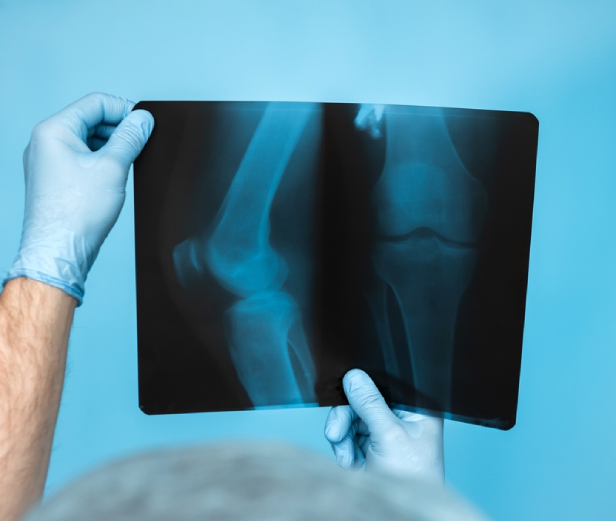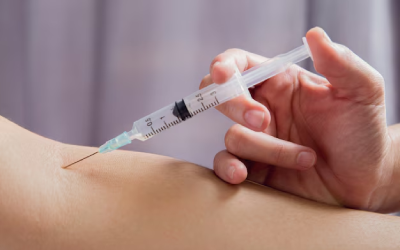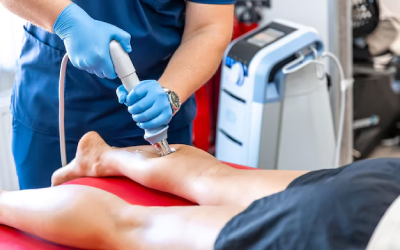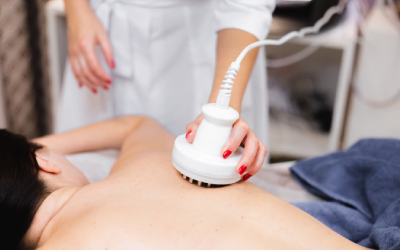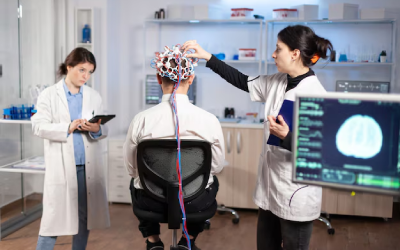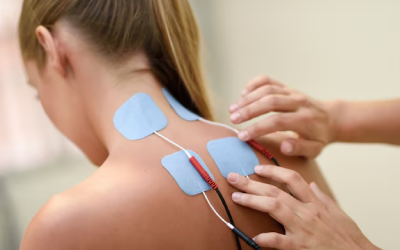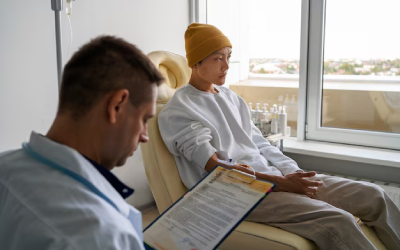In recent years there have been rapid developments in the use of growth factors for accelerated healing of injury. PRP therapy offers a promising solution to accelerate healing of tendon injuries naturally without subjecting the patient to significant risk.
Blood is made of red blood cells, white blood cells, plasma, and platelets. Platelets were initially known to be responsible for blood clotting. However, they are now known to release growth factors, which promotes the healing processes.
Growth factors are released from the platelets which are found in the blood stream and influence the biological processes necessary for repair of soft tissues such as tendon or ligament following acute traumatic or overuse injury.
Initially, autologous (originating from the patient) whole blood was injected to promote healing in damaged tissues. However, PRP injections provide a much higher concentration of growth factors which are required within the body to promote tissue healing. PRP is a blood plasma with concentrated platelets. The concentrated platelets found in the PRP contain huge reservoirs of bioactive proteins, including growth factors that are vital to initiate and accelerate tissue repair and regeneration.
These bioactive proteins initiate connective tissue healing and repair, promote development of new blood vessels and stimulate the wound healing process



